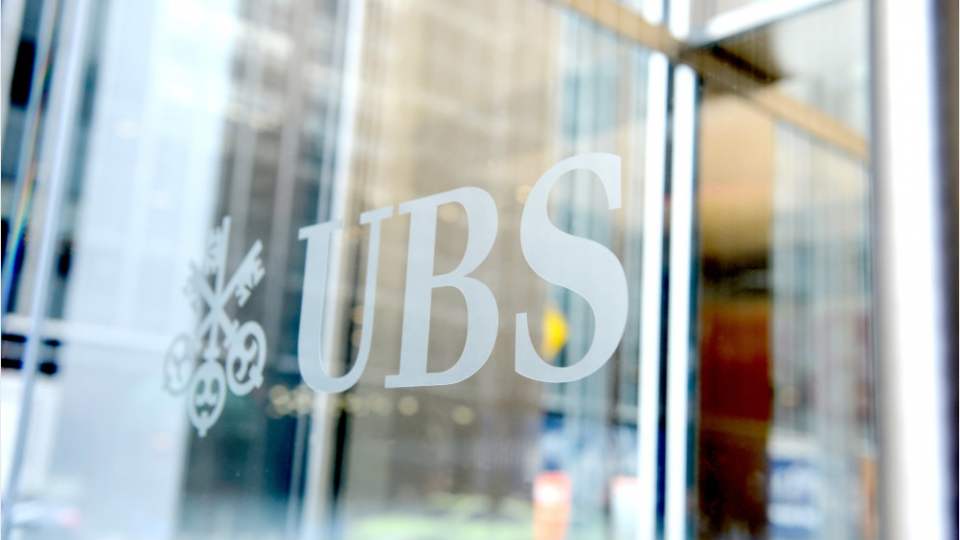
As we come out of the pandemic there are still considerable challenges ahead for European real estate, says Zachary Gauge, Head of Real Estate Research & Strategy at UBS Asset management in his latest Real Estate Outlook.
“Government support schemes are being wound down, construction costs are soaring, and pandemic induced structural shift in occupier markets are yet to be fully realized at the cash flow level. With core property yields at record low levels, we need to ask if those risks are being accurately priced in or whether a bubble is forming due to the surplus liquidity chasing the market.”
Highlights from the report:
“Office availability is going to continue to rise as more companies have lease events that enable them to release surplus space back onto the market as they reconfigure their requirements. As companies usually have to wait for a lease event to do this, we are unlikely to see a peak in vacancy until late 2022 or 2023. The counter-argument is that the market will polarize and occupier demand will continue to be strong for prime space, of which there is a limited supply. This forms much of the justification for the prime yield compression we have seen since the pandemic started. And although this is true, there are some issues over taking such a polarized view of the market. It implies that prime and non-prime markets will completely disconnect, and the sharp increase in secondary vacancy and rental decline will have no impact on rental levels for prime space. This is a big assumption given that prime and secondary rental values have always been correlated to some extent.”
Construction and refurbishment
“As large volumes of vacant secondary space accumulates, one solution will be to upgrade it to prime quality. Whilst this could be a viable strategy, the discounts we would expect to see on secondary assets with a value-add angle have not materialized. A sharp increase in construction costs means the capex required to transform the vast majority of the market which is not prime, into high quality space fit for post-COVID occupation will be substantial. Sustainability requirements will add further upward pressure to construction and refurbishment costs in the coming years. Tenants may pay higher rents for truly fit-for-purpose post COVID space, but finding the right entry price for value-add remains a challenge.”
“Despite the tight market, we still think there are a few angles. An income value approach would expect some interesting opportunities to emerge from retail. Initially, these will be highly selective and focused on the assets where rents have fallen to a sustainable level. Assets needs to be in locations that retailers continue to trade well in and can demonstrate profitability at the rebased rental levels. Initial returns are driven by the much higher income yields which are now available due to the very weak sentiment surrounding the sector. Combined with some leverage, it is possible to get the income return component alone into double digits.”
Here you’ll find the complete report Is core real estate pricing overheating? from UBS Asset Management.